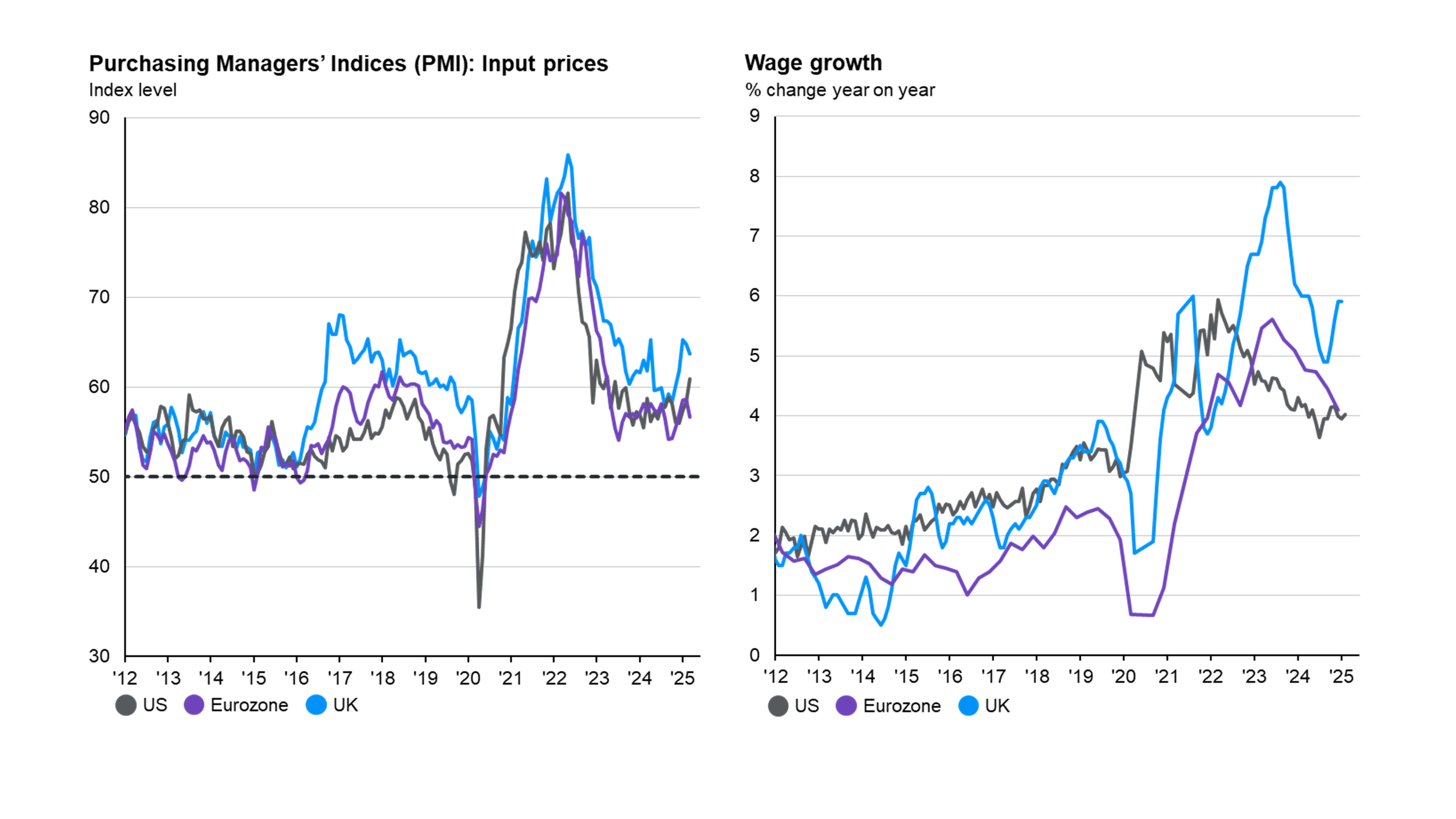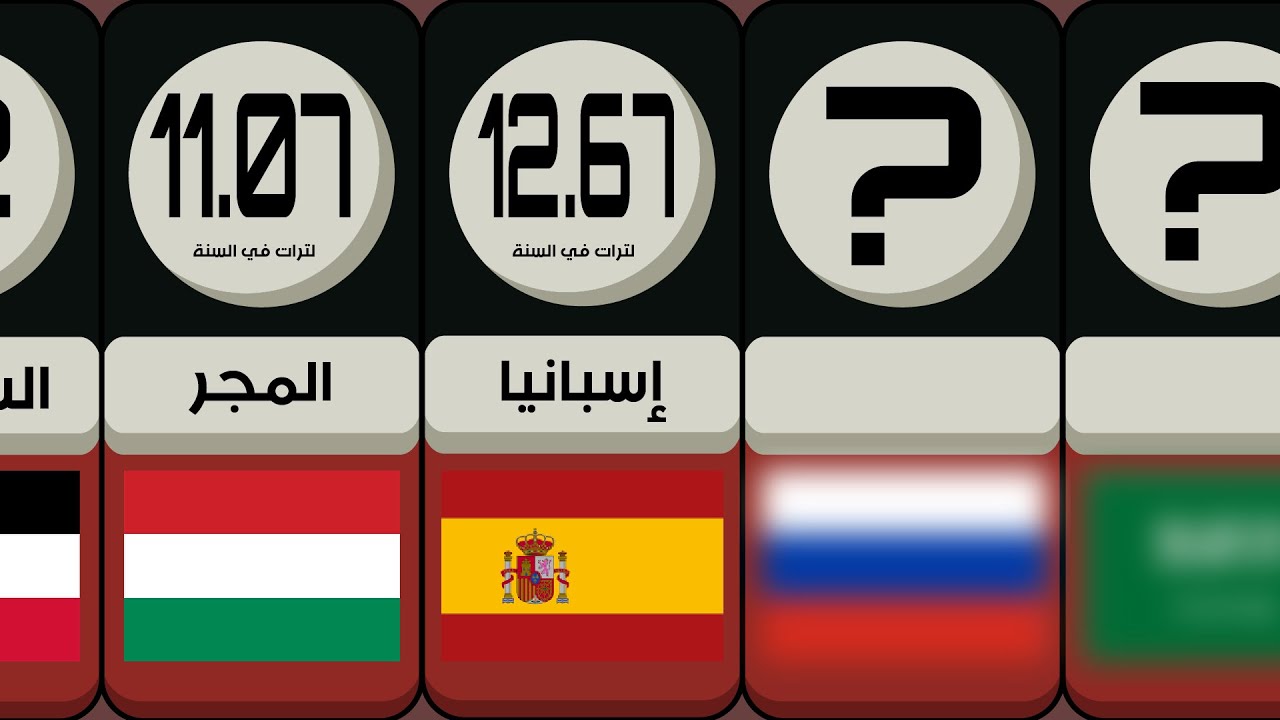A Chocolate Craving's Unexpected Impact: Inflation And A Global Sweet Treat

Table of Contents
The Cocoa Bean's Pricey Journey: Understanding Supply Chain Inflation
The journey of a chocolate bar begins with the cocoa bean, and its price is significantly influenced by global supply chain inflation. Several factors contribute to the increasing cost of cocoa beans:
-
Climate Change's Impact: Erratic weather patterns, including droughts and floods, severely affect cocoa bean yields in major producing countries like Côte d'Ivoire and Ghana. Reduced harvests directly translate to higher prices, impacting the affordability of chocolate globally. Climate change also contributes to pest infestations, further reducing crop output and increasing production costs for cocoa farmers.
-
Geopolitical Instability: Political unrest and conflicts in cocoa-producing regions create significant disruptions to the supply chain. These disruptions can lead to production halts, transportation delays, and increased security costs, all of which contribute to higher cocoa bean prices. The instability affects not only the harvest but also the safe and efficient transport of the beans to processing facilities.
-
Transportation Costs: The cost of transporting cocoa beans from farms to processing plants and then to chocolate manufacturers is a significant factor driving up prices. This is exacerbated by:
- Increased fuel prices: Rising oil prices directly impact transportation costs, whether it's trucking, shipping, or air freight.
- Port congestion: Global port congestion leads to delays and increased storage costs, adding to the final price of the cocoa beans.
- Shipping container shortages: Shortages of shipping containers further complicate and increase the cost of transporting cocoa beans internationally.
-
Currency Fluctuations: Changes in exchange rates between the currencies of cocoa-producing countries and those of importing nations significantly impact cocoa bean prices. A weakening currency in a cocoa-producing nation can make cocoa beans more expensive for international buyers, increasing the cost of chocolate for consumers worldwide.
Chocolate Manufacturing: From Bean to Bar and Beyond
The transformation of cocoa beans into the chocolate bars we enjoy involves a complex manufacturing process with several cost components heavily influenced by inflation:
-
Manufacturing Cost Components:
- Labor costs: Wages for factory workers involved in processing, refining, and packaging chocolate are subject to inflationary pressures. Increased minimum wages or union negotiations directly impact manufacturing expenses.
- Energy costs: The energy required to power chocolate factories – from roasting beans to tempering chocolate – is a significant expense. Rising energy prices directly increase the cost of production.
- Packaging materials: The cost of packaging materials, including paper, foil, and plastic, is also affected by inflation, contributing to the final price of the chocolate bar.
-
Inflation's Impact on Chocolate Types: Inflation impacts different types of chocolate differently. Dark chocolate, often made with a higher percentage of cocoa, tends to be more affected by cocoa bean price increases. Milk chocolate, which includes milk solids and sugar, is also impacted but potentially less so, depending on the fluctuations in the prices of these ingredients.
-
Economies of Scale: Large chocolate manufacturers often benefit from economies of scale, allowing them to mitigate some inflationary pressures. By purchasing cocoa beans and other ingredients in bulk, they can secure better prices and potentially absorb some cost increases without significantly increasing the final retail price.
Consumer Behavior and Chocolate Consumption During Inflation
Rising prices significantly impact consumer spending on chocolate:
-
Impact on Spending: As chocolate prices rise, consumers are likely to reduce their spending on this discretionary item. This can lead to a decrease in overall chocolate consumption.
-
Shift in Preferences: Consumers may shift their preferences toward cheaper chocolate alternatives, such as store brands or smaller bars, to maintain their chocolate consumption without increasing their overall spending.
-
Changes in Purchasing Habits: Consumers may adopt several strategies to manage the increased cost of chocolate:
- Trade-down to cheaper brands: Switching from premium brands to more affordable alternatives.
- Increased reliance on discount stores: Shopping more frequently at discount stores to find better deals on chocolate.
- Reduced impulse purchases: Less frequent buying of chocolate due to increased price sensitivity.
-
Impact on Premium Brands: Premium chocolate brands are likely to experience a greater impact from inflation, as consumers may opt for more affordable options when faced with budget constraints.
Government Policies and Their Influence on Chocolate Prices
Government policies play a crucial role in influencing chocolate prices:
-
Tariffs and Import Taxes: Tariffs and import taxes imposed on cocoa beans or finished chocolate products directly impact prices for consumers. Higher tariffs can make imported chocolate more expensive.
-
Subsidies for Cocoa Farmers: Government subsidies for cocoa farmers can help stabilize cocoa bean prices by supporting production and ensuring a consistent supply. These subsidies can help mitigate the impact of climate change and other challenges faced by farmers.
-
Government Regulations: Government regulations on food and beverage industries, including labeling requirements and food safety standards, can also indirectly influence chocolate prices by adding to the cost of production and distribution.
Conclusion
From farm to factory to your shopping cart, the journey of a chocolate bar is deeply affected by global inflation. Understanding the intricate web of factors influencing chocolate prices helps us appreciate the economic forces shaping our everyday indulgences. The impact of inflation on chocolate isn't just about the price of a treat; it's a reflection of larger global economic trends.
Call to Action: Want to learn more about how inflation impacts your favorite foods? Continue exploring the complex relationship between global economics and your daily chocolate craving! Stay informed about the factors influencing chocolate prices and make conscious consumer choices.

Featured Posts
-
 Noa Argamani Time Magazines 100 Most Influential People Of 2025
Apr 30, 2025
Noa Argamani Time Magazines 100 Most Influential People Of 2025
Apr 30, 2025 -
 Armenian Song By Irishman Makes Eurovision History
Apr 30, 2025
Armenian Song By Irishman Makes Eurovision History
Apr 30, 2025 -
 Nba Icon Charles Barkleys Unexpected Connection To A Ru Pauls Drag Race Star
Apr 30, 2025
Nba Icon Charles Barkleys Unexpected Connection To A Ru Pauls Drag Race Star
Apr 30, 2025 -
 Akbr Kmyt Mn Alraklyt Tusthlk Fy Swysra
Apr 30, 2025
Akbr Kmyt Mn Alraklyt Tusthlk Fy Swysra
Apr 30, 2025 -
 Derrick White Leads Celtics To Victory Against Cavaliers 4 Crucial Takeaways
Apr 30, 2025
Derrick White Leads Celtics To Victory Against Cavaliers 4 Crucial Takeaways
Apr 30, 2025
